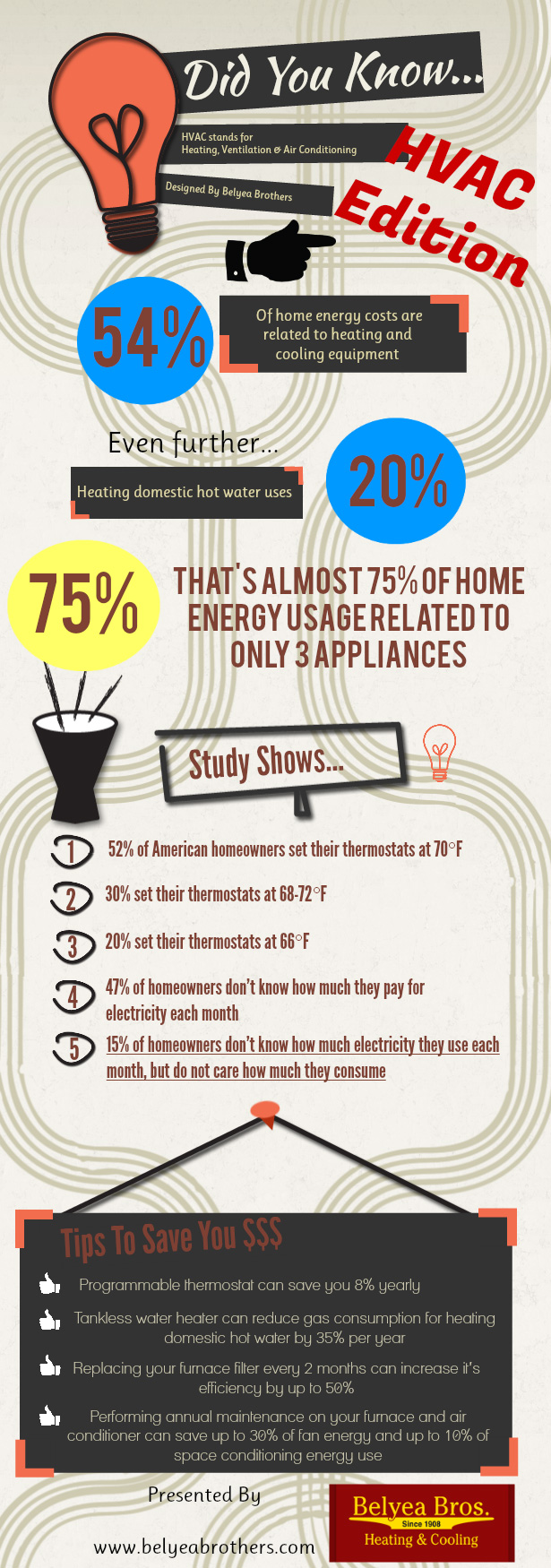The Ultimate Overview To Comprehending Warmth Pumps - How Do They Function?
The Ultimate Overview To Comprehending Warmth Pumps - How Do They Function?
Blog Article
Short Article Written By-Roy Montoya
The best heat pumps can conserve you significant amounts of cash on energy bills. They can likewise help reduce greenhouse gas emissions, particularly if you make use of electrical power in place of fossil fuels like propane and home heating oil or electric-resistance furnaces.
Heat pumps work very much the same as air conditioners do. simply click the following site makes them a practical choice to traditional electric home furnace.
Exactly how They Function
Heatpump cool down homes in the summer season and, with a little assistance from electricity or gas, they give a few of your home's heating in the winter months. They're an excellent alternative for individuals that intend to decrease their use nonrenewable fuel sources yet aren't prepared to change their existing heater and cooling system.
They rely on the physical reality that even in air that seems also cool, there's still power present: cozy air is always relocating, and it wishes to relocate right into cooler, lower-pressure environments like your home.
The majority of power celebrity certified heat pumps operate at near to their heating or cooling capability throughout a lot of the year, decreasing on/off cycling and conserving power. For the very best efficiency, focus on systems with a high SEER and HSPF score.
The Compressor
The heart of the heatpump is the compressor, which is likewise called an air compressor. This mechanical streaming device utilizes possible power from power development to boost the pressure of a gas by decreasing its volume. It is different from a pump in that it only services gases and can't deal with liquids, as pumps do.
Climatic air enters the compressor via an inlet shutoff. It travels around vane-mounted arms with self-adjusting size that separate the interior of the compressor, developing several cavities of differing size. The blades's spin forces these cavities to move in and out of phase with each other, pressing the air.
The compressor reels in the low-temperature, high-pressure refrigerant vapor from the evaporator and compresses it into the hot, pressurized state of a gas. This procedure is repeated as required to provide home heating or air conditioning as called for. The compressor also contains a desuperheater coil that recycles the waste warmth and adds superheat to the refrigerant, changing it from its fluid to vapor state.
The Evaporator
The evaporator in heatpump does the same thing as it performs in refrigerators and ac system, transforming fluid cooling agent into an aeriform vapor that gets rid of warmth from the room. Heatpump systems would certainly not work without this essential piece of equipment.
This part of the system is located inside your home or structure in an indoor air handler, which can be either a ducted or ductless unit. It has an evaporator coil and the compressor that compresses the low-pressure vapor from the evaporator to high pressure gas.
Heatpump soak up ambient warmth from the air, and afterwards utilize electrical energy to move that heat to a home or service in home heating mode. https://drive.google.com/drive/folders/19XXQ0t_0JBiADp_GTgp5Tv6cKtoYqhtl?usp=drive_link makes them a whole lot extra power effective than electric heating units or heating systems, and because they're utilizing clean electricity from the grid (and not burning fuel), they also produce far fewer discharges. That's why heatpump are such excellent ecological selections. (As well as a huge reason that they're coming to be so prominent.).
The Thermostat.
Heat pumps are wonderful choices for homes in chilly climates, and you can utilize them in combination with standard duct-based systems or perhaps go ductless. They're an excellent alternate to fossil fuel heating systems or traditional electric heaters, and they're extra lasting than oil, gas or nuclear cooling and heating devices.
Your thermostat is one of the most essential part of your heatpump system, and it functions really differently than a conventional thermostat. All mechanical thermostats (all non-electronic ones) work by using substances that transform size with raising temperature level, like coiled bimetallic strips or the expanding wax in a cars and truck radiator shutoff.
These strips include two various sorts of steel, and they're bolted together to form a bridge that finishes an electric circuit linked to your HVAC system. As the strip gets warmer, one side of the bridge expands faster than the other, which triggers it to flex and signal that the heating system is required. When the heat pump is in heating setting, the turning around shutoff turns around the circulation of refrigerant, to ensure that the outside coil currently functions as an evaporator and the indoor cylinder ends up being a condenser.